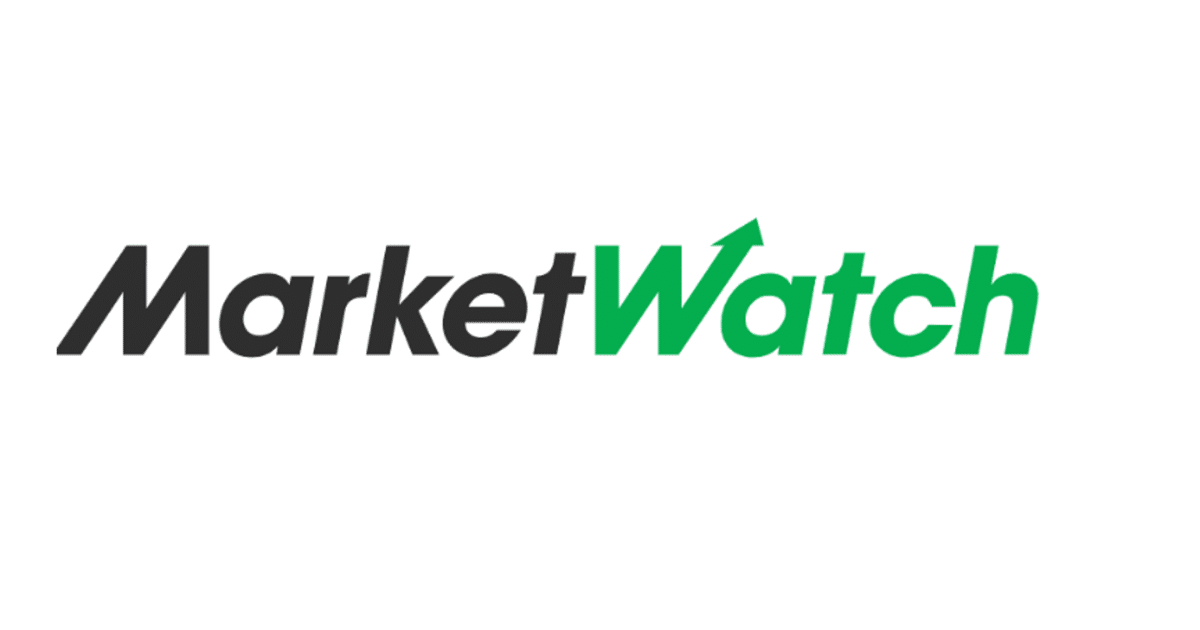Many financial firms are adding fees for clients who decline electronic statements
If you’re still getting paper statements from your financial services company, the clock is ticking. Electronic statements are increasingly becoming the norm.
Financial firms are forcing the customer’s hand. At Vanguard Brokerage Service, for example, clients with total qualifying assets under $5 million must enroll in e-delivery of account-related communications by September 1 to avoid a $25 annual fee.
Many investors are fine with e-delivery. They’re accustomed to making financial transactions online and tracking tax forms and other digital correspondence from their brokerage firm. And they like saving trees by going paperless.
For others, however, the switch is unwelcome. For years, they’ve filled their file cabinet with folders of monthly printed statements. They like to receive tax forms via the U.S. Postal Service. And they prefer to flip through a printed prospectus or proxy statement rather than read it on a computer screen.
“For some people, the comfort of paper mailings is hard to give up,” said Andrew Crowell, vice chairman of wealth management at D.A. Davidson, a Los Angeles-based firm.
When financial firms introduce an annual fee for paper delivery, it can prod investors to make the switch. Advisers often reassure clients that they’ll benefit from e-delivery once they get used to it.
“With the rise in financial fraud and the risk that mail can get stolen or lost, digital statements offer security,” Crowell said. “And they offer the ease of searchable archives” so that investors can retrieve old statements from anywhere, as long as they can log into their account.
E-statements also have the advantage of speed. Investors receive important account notifications faster and gain instant access to trade confirmations and tax forms through their financial firm’s secure online portal or mobile app.
During tax season, Crowell tells clients that switching to e-delivery will help them file their returns with fewer delays. As soon as your brokerage uploads your tax form on its website, you can scan it immediately. Otherwise, you must wait for the paper version to arrive in the mail.
If you’re reluctant to switch to e-delivery, Crowell suggests taking it slow. Start with one account, give it a few months and go from there. “It helps to try it out and get used to the cadence of it,” he said. “You’ll start to see when email alerts arrive and how to respond. At first, those email alerts can look like spam. So I tell clients to walk before you run” when transitioning away from paper statements.
Despite the many advantages of e-delivery, he acknowledges that it poses its own irritants. For starters, investors may find two-factor authentication daunting or just plain annoying.
Moreover, you may want to enable family members or other key individuals (such as an executor or trustee) to access your digital accounts in an emergency. It’s easier if someone you trust has your password and can pay bills and track financial transactions.
“When you draft a living trust or other estate documents, you can provide instructions on how to access your digital accounts,” Crowell said. “Expressly providing permission for a designated executor to access all your electronic accounts” can simplify the probate process.
Convincing investors to abandon paper delivery may mean confronting their understandable fear of data breaches. Cybersecurity concerns abound as more companies disclose hacks or unauthorized release of customers’ sensitive personal information.
“I’ve spoken to a couple of clients who don’t want to switch and their No. 1 reason is cybersecurity,” said Joe McQuaid, who runs platform solutions at Tampa, Fla.-based Concurrent Investment Advisors. There’s still a low comfort level” with e-delivery.
He urges them to reconsider. Explaining the security features of digital authentication, encryption and fraud detection tools, he educates them and tries to alleviate their worry.
“I’d argue it’s safer than paper if the company invests properly in cybersecurity and explains how it protects your data,” McQuaid said.





